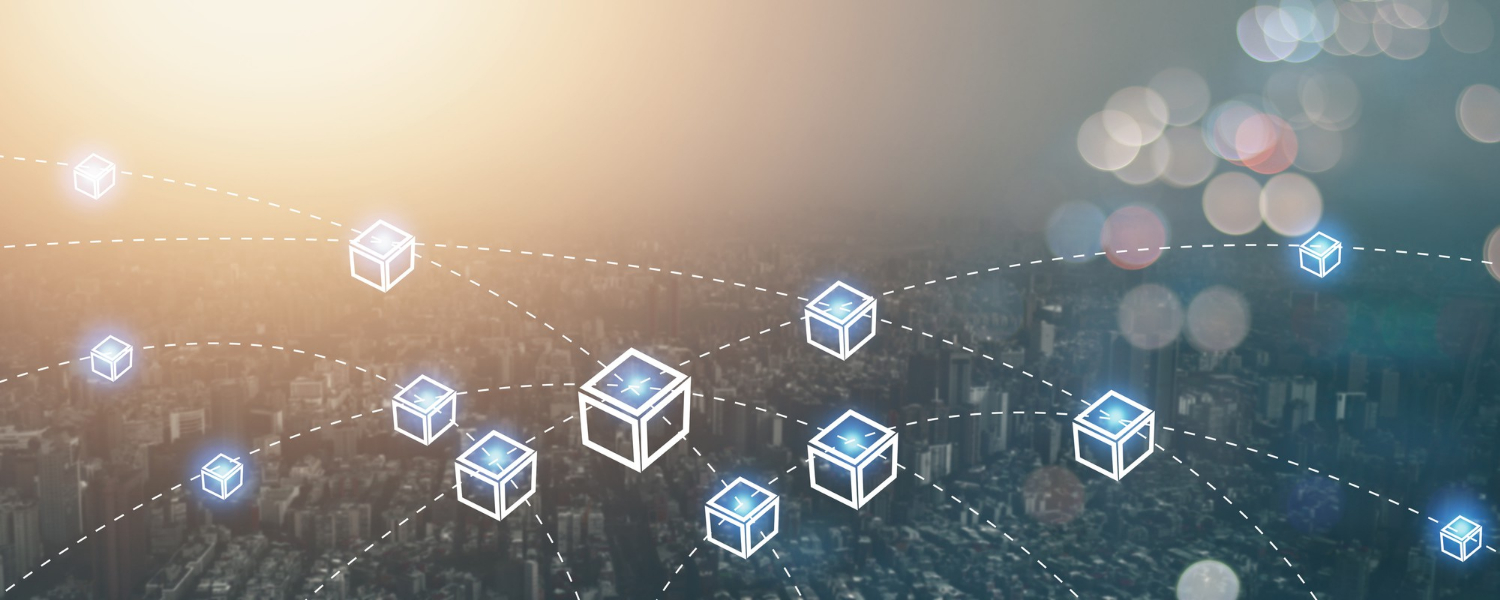Using blockchain technology in the supply chain is one of the ways to reduce carbon emissions globally and bring sustainability to the supply chain industry. This contributes to environmental sustainability. As using green smart contracts, blockchain for environmental sustainability could be associated with a multitude of environmental projects. Blockchain technology in the supply chain can record price, date, location, quality, certification, and other information to increase sustainability in supply chain processes. Other benefits of this include avoiding or lowering the losses incurred from gray markets, improved visibility, increased traceability of materials in the supply chain process as well as compliance over outsourced contract manufacturing. This can support the organization’s environmental sustainability goals and bring them up as leaders in green initiatives.
These days, consumers care about how green a product or brand is. They want to know if there is sustainability in the supply chain of the brand. They are looking for environmental sustainability and ways to reduce carbon emissions globally. According to PwC, consumers from Southeast Asia and the Middle East are more environmentally friendly, but the rest of the world isn’t far behind. If businesses want to retain and earn more customers, they must make the green choice. That is why a radical solution like blockchain technology in the supply chain is needed.
There are many blockchain-based innovations that are being used for sustainability in the supply chain and environmental sustainability. Using blockchain technology in the supply chain is also one of the ways to reduce carbon emissions globally. MSRvantage blockchain can improve a product’s traceability as it moves through various stages in the supply chain. It can even be used to verify the authenticity of a product, especially those that are claiming to be ethically sourced. All authorized participants will be able to view the data, hence it cannot be altered by one single person at any stage. Major companies like Louis Vuitton and Nestle have announced the use of blockchain technology in the supply chain to track their products like chocolates and luxury bags. This will help them monitor their supplier’s environmental, social, and governance (ESG) performance and make ethical choices. This will help consumers feel better and safer in making a purchase from these brands.

Radical problems need radical solutions. So why not use radical blockchain and its distributed ledger technology (DLT) in the big carbon market? If we consider only traditional database architectures for this purpose, we are risking using outdated mechanisms for new problems. Blockchain, on the other hand, can provide transparency and immutability of information. Private blockchain supply chain can be integrated to manage inventory and provide transparency and traceability. There are many advantages of using blockchain technology in the supply chain and carbon emissions reduction. Some of these advantages are given in the chart below.
Coming to we must think of blockchain. Private blockchain supply chain can allow for more transparency and end-to-end tracking in the supply chain industry. By digitizing physical assets and decentralizing immutable records of all transactions, it is possible to track all assets from either production to delivery or by use and end-user. This allows more visibility not just to the business but also to the consumer as there is increased transparency.
Blockchain is slowly gaining momentum now and all companies that are using blockchain or planning to use blockchain to fulfill their green initiatives and promises to reduce carbon emissions, etc., must be observed closely. Blockchain benefits from the network effect. This is important to remember. Hence, once someone strikes off big with blockchain, it will be easier for others to climb onto the trend and achieve profits. All companies should think of when they should develop their blockchain prototype and they can do this by observing the market or their direct competition.
Blockchain offers two solution architectures to lower carbon emissions and it also works as a calculator. Either through open blockchain architecture or a private blockchain network, companies can reduce their carbon emissions. Private blockchain networks are similar to a public blockchain and always work using a decentralized peer-to-peer network. Under open blockchain architecture, authenticators will play an important role as they need to onboard members, verify emissions and calculate credits. All calculations must be standard across the blockchain network. Under a private blockchain network, participant entry is decided by existing members and regulatory authority or consortium.
Correctly measuring carbon emissions is one of the only ways to reduce carbon emissions globally. It can drive the success of international agreements such as the Paris Accord which aims to reduce carbon emissions within the supply chain industry and manufacturing industry. Since different countries are using different methods to calculate carbon emissions, there is confusion, distrust, and a sense of pessimism. There is also the problem of countries following low adoption, poor regulation, inaccurate pricing, and high efforts and cost. Blockchain technology in the supply chain can standardize the calculation units through distributed ledger systems, auditable trades, and smart contracts.
Blockchain is indeed driving supply chain innovation and will soon be the backbone of the supply chain industry. As more and more companies look to reduce their carbon emissions, blockchain becomes the one light in the dark. Whether they adopt the open blockchain architecture or private blockchain networks, blockchain is the best vehicle to enable standardization across carbon measurement and calculation.
Recent posts


Cultivating Sustainability: The Role of Traceability Solutions in Revolutionizing Agriculture Practices
In an era where the global population is on the rise and environmental concerns are at the forefront of discussions, the need for sustainable agricultural
Read more 


Transforming Mining: Risk Mitigation with Blockchain Technology
The mining industry is essential to modern life, providing the raw materials for everything from smartphones to infrastructure projects. However, it's also known for its
Read more 


The Power of Supply Chain Mapping Using Blockchain in Mining
The mining industry is a complex and critical sector that forms the backbone of many global supply chains. It encompasses the extraction, transportation, and processing




